
Conference Coverage
about 1 month ago
AAO 2025: The rise of presbyopia researchabout 1 month ago
AAO 2025: The value of RGB imaging in OCTabout 1 month ago
AAO 2025: Innovations in surgical visualization and imagingLatest News

Argenx discontinues phase 3 UplighTED trials of efgartigimod SC in thyroid eye disease

Aviceda Therapeutics reports positive phase 2b SIGLEC results for AVD-104 in geographic atrophy

Study update: Cenegermin for moderate or severe neurotrophic keratopathy

Strategic approaches optimize teaching and learning in the clinic

FDA feedback supports Azura’s Ophthalmic's planned NDA for AZR-MD-001 in MGD

Shorts
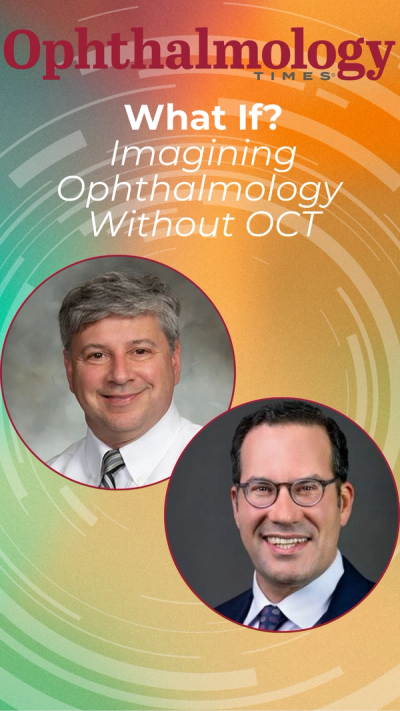




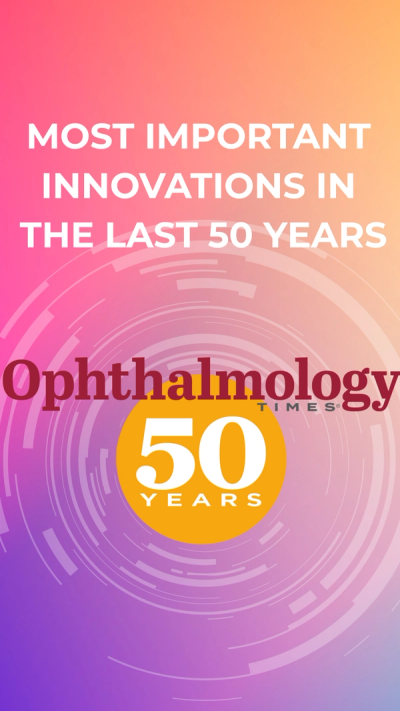
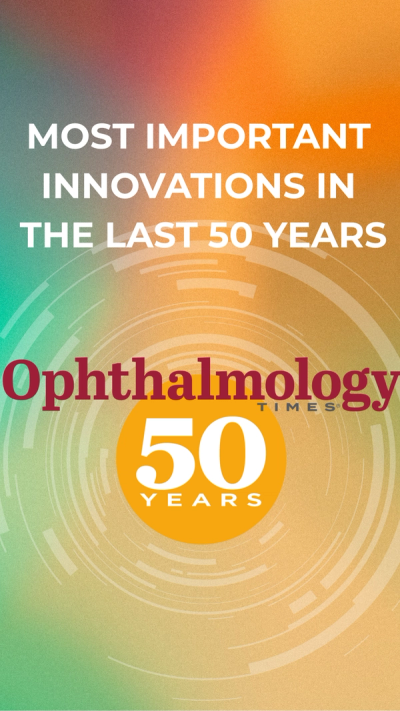
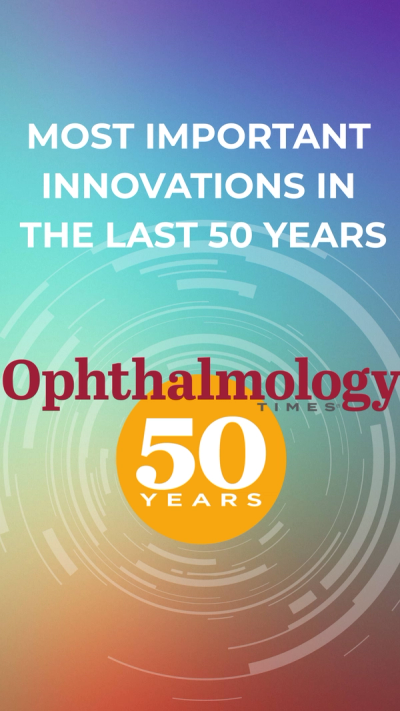
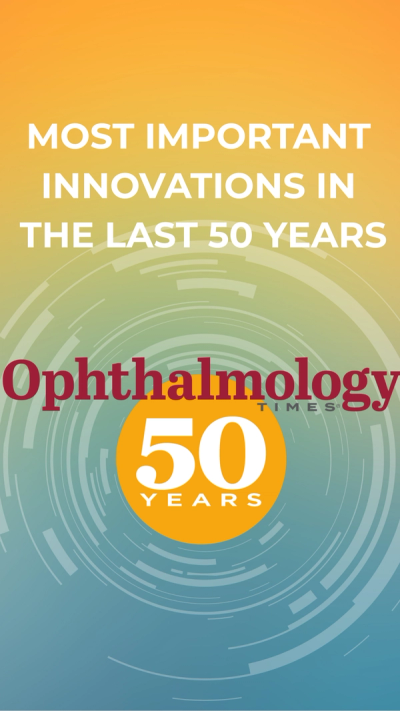
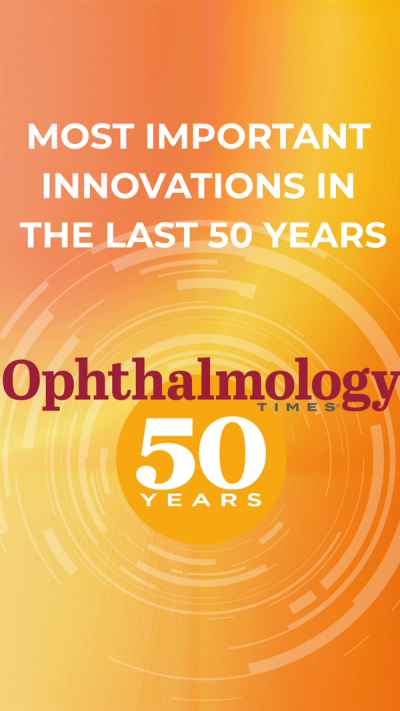
Ophthalmology Times Digital Edition


Podcasts
Continuing Medical Education
All News

The grading scales were compiled with the goals of achieving conciseness and the ability to provide clear drug-dose-modification recommendations compared with the previous ocular CTCAE scale.

A study from a tertiary eye hospital suggests that effective keratitis management may have the potential to restore vision.


Alcon increases its acquisition offer for STAAR Surgical, emphasizing a final deal amid shareholder debates and delays in the merger process.

Combining imaging and patient symptoms improves assessment of disease progression.

Xelafaslatide is a small-molecule Fas inhibitor designed to protect key retinal cells, including photoreceptors, from cell death that occurs across multiple retinal diseases and conditions.

The study evaluated thermal dynamics associated with CW-TSCPC and TLT using MicroPulse technology, such as temperature peak, exposure duration, and thermal spread in a simulated ciliary body using computer modeling.


EndoArt is an artificial cornea endothelial layer made of a sterile biocompatible material, acrylic hydrophilic. According to the company it is the first synthetic implant to treat corneal edema.

The trial is evaluating the company’s femtosecond laser trabeculotomy procedure in comparison to selective laser trabeculoplasty

Formosa Pharmaceuticals partners with Rxilient Medical to commercialize APP13007, a new ophthalmic treatment for post-surgery inflammation and pain relief.

Earlier in 2025 it was announced that PainReform had acquired a majority equity interest in LayerBio, focusing on the company’s OcuRing-K technology.

Of the 1000 patients with dry eye symptoms surveyed, 80% stated that “they would try a science-backed eye drop that mimics natural tears and restores tear-film balance."

Iolyx Therapeutics and Laboratoires Théa enter into agreement over ILYX-002 for the treatment of OSD
Under the terms of the agreement Iolyx Therapeutics has granted Théa exclusive worldwide development and commercialization rights, excluding Asia, to ILYX-002 for the treatment of ocular surface diseases.

The SAPPHIRE trial evaluating the VisiPlate is currently underway across several sites across the US, with more site activations scheduled for 2026


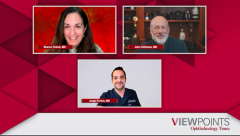


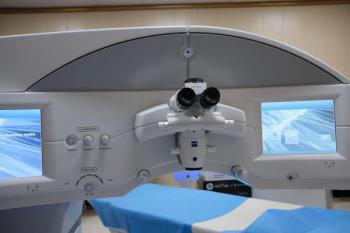
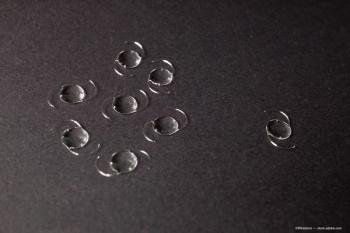



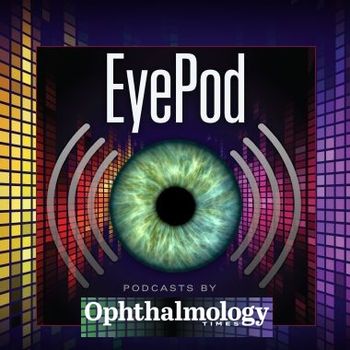
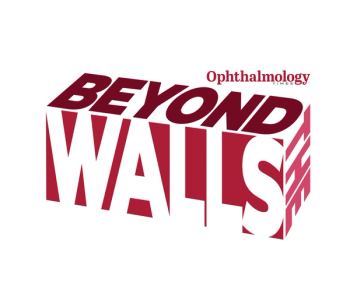
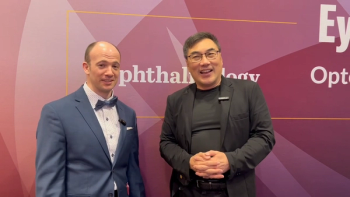

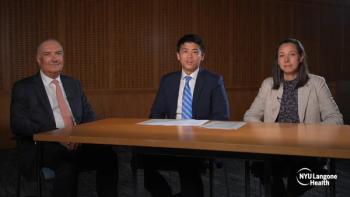







































.png)


